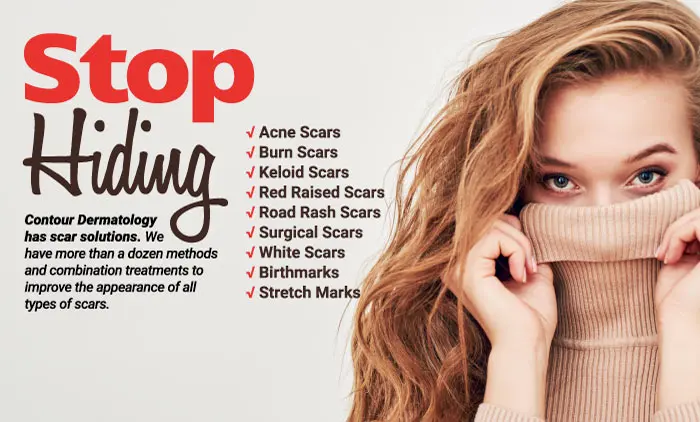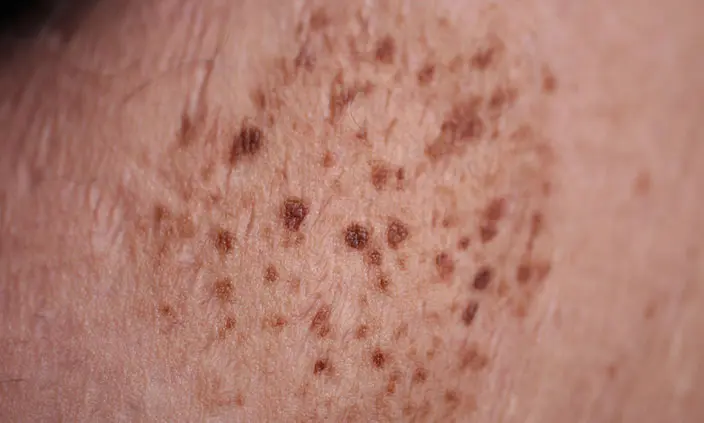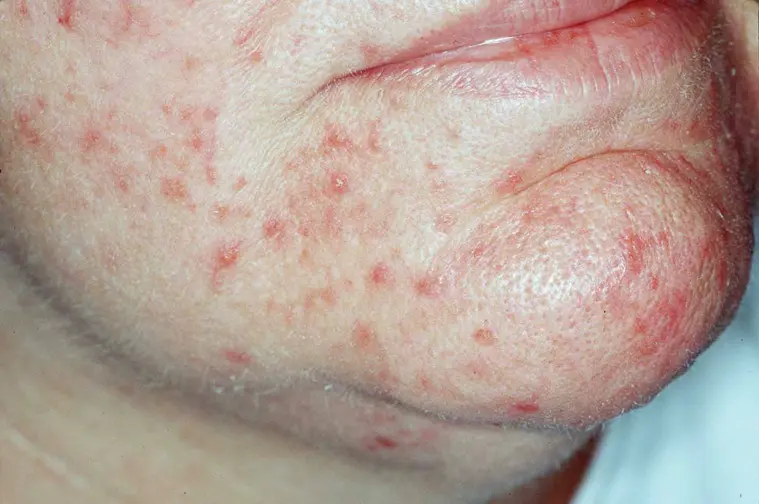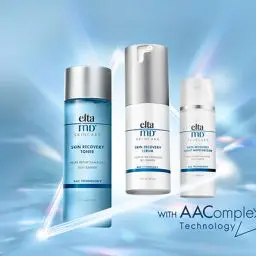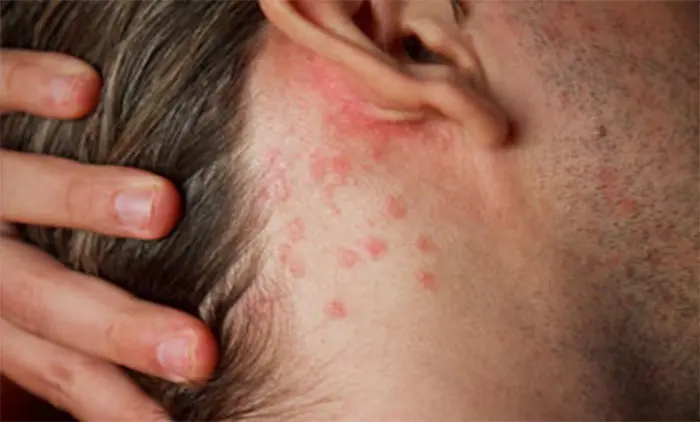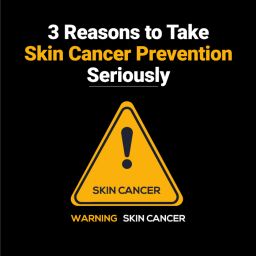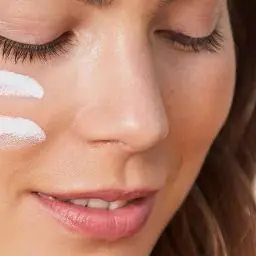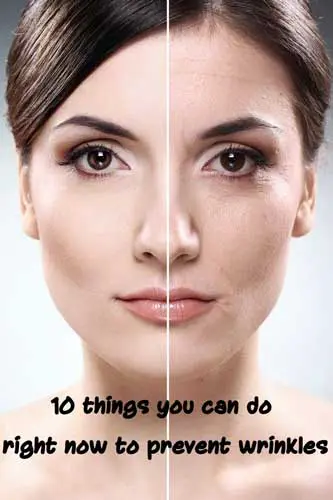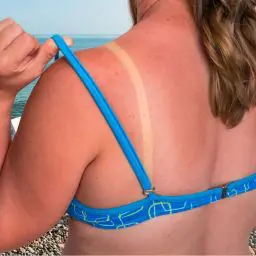SUN RASH
Not The Kind of Souvenir You Want to Bring Home!
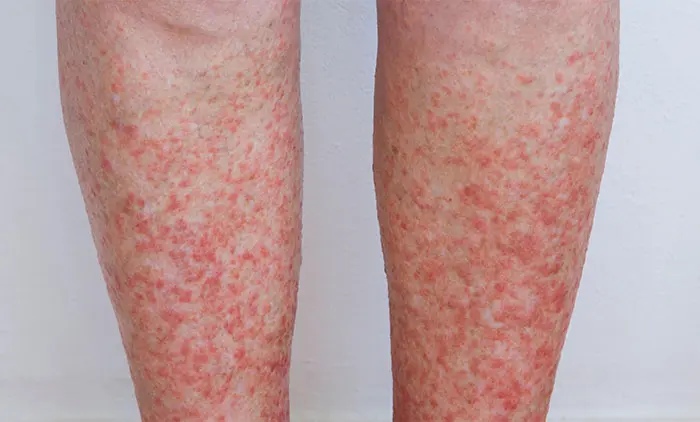
SUN RASH

Not The Kind of Souvenir You Want to Bring Home!
I got a sun rash! I can’t believe it. I’ve been on this earth for five decades and in the desert for 30 years and never had one. Living in the Coachella Valley, I’m very careful about sun exposure. I was less careful on vacation…
At first, I thought it was a “heat rash,” but I learned that a heat rash and a sun rash are two different things. A heat rash, also called prickly heat, typically occurs on the trunk in areas that are covered up and in the folds of skin that might cause friction. A sun rash, however, can occur on exposed skin when you get too much sun, too fast. Essentially, it’s an allergy to the sun. Me, allergic to sun? Ha! I live in the desert. How could that be? The medical term for sun rash is polymorphic light eruption (PLME).
I laid out at the pool back east, only long enough to dry off after swimming. I really didn’t sun bathe, I know better than to do that… I did use sunscreen. Then the next day, I went for a long walk and my arms and shins were exposed. I only used sunscreen on my face and did not apply sunscreen on my body, thinking I was pretty much covered with wide brimmed hat and clothing covering the rest and underestimating how long the walk would be. It had to have been the combination of the two days of exposure, because the rash also presented on one outer thigh near the bathing suit line in addition to my forearms and shins.
So, what does a sun rash look like? It’s appears as clusters of small, raised, red bumps. It can also present as bumps and blisters. They were red, but I wasn’t’ sunburned. And the worst part was, they were itchy. Already being treated for eczema at Contour Dermatology, I had my RX cream with me and used it to relieve the itchiness. The next day, I also used aloe vera – the real stuff – borrowed from a neighbor’s porch plant. That felt amazing. Still, it took a few days for the rash to subside.
I was surprised, though, as I have never experienced such a thing. So, I asked Dr. Jochen about sun rashes when I got back. He said only a small percentage of the population, about 10 %, experiences PLME. He also said there’s another rare condition called “solar urticaria” in which people get hives from sun exposure. However, the majority of the cases of sunlight-induced rashes are heat rashes or because of photosensitivity due to medications including everything from non-steroidal anti-inflammatory medications, birth control pills to blood pressure medications and antibiotics.
Some skin care products such as Retin-A, also can make you more sensitive to the sun. I use the strongest kind, Obagi O.10 percent. I also use SkinMedica AHA/BHA cleanser and cream which has alpha-hydroxy and beta-hydroxy acids which can make you more sensitive to the sun. But with these products, I’ve never had an issue, maybe just a little redness. So, I am cautious about sun exposure, use sunscreen, wear a hat and it’s never a problem. In the desert, I also usually only go swimming in the late afternoon after the peak hours of the sun and walk in the early morning or evening.
What I believe may have caused the sun rash, besides, being out too long in the sun, was medication. As a mature woman, I recently had my dosage of bioidentical hormone creams changed. While not birth control, transdermal hormones are hormones. And I don’t think it’s a coincidence as I just began a new dosage and then this sun rash occurred.
It can take as little as a few hours to up to 2-3 days for a sun rash to appear. Once you’ve developed a sun rash, the best thing to do is to keep the area covered up and stay out of direct sunlight. Calming creams like calamine or hydrocortisone can help minimize discomfort, but you’ll just have to wait it out. A sun rash can last up to two weeks. Fortunately, mine only lasted a week.
One other thing to note about heat rashes, is that while they typically go away on their own, as this rash is caused by blocked sweat glands, it can become infected, requiring medical treatment.
Before you take your next trip and pack all those little 3.4-ounce bottles or head out to the beach, also take inventory of the supplements and medications you take and talk with your dermatologist to determine if there is any reason you need to take extra precaution. And be aware that while you may understand and be acclimated to our sunny, desert climate, it’s not the same in other parts of the country. Don’t think you are immune because you’re a desert rat!



